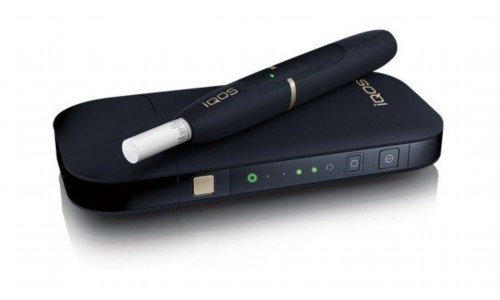
Understanding Vape Battery Safety
Introduction to Vape Battery Safety
In the growing world of vaping, the safety of vape batteries is paramount. The innovations in battery technology have led to higher performance levels, but they also come with increased risks if not handled properly. Understanding vape battery safety involves knowing the specifications, physical characteristics, battery life, charging habits, and user performance. It ensures the optimal use of these devices while minimizing hazards.
Product Overview and Specifications
A typical vaping device operates on rechargeable lithium-ion batteries, commonly available in various specifications. The two most prevalent types of vape batteries are 18650 and 21700 batteries, with the numbers representing their size in millimeters. For instance, a 18650 battery is 18mm in diameter and 65mm in length. Most vape batteries range from 2000mAh to 3000mAh in capacity. Important features to consider include voltage rating, which usually falls between 3.7V and 4.2V when fully charged, and discharge rates, often denoted by the “C” rating, which indicates how quickly a battery can safely release energy.
Design and Feel
Vape batteries often come encased in metal or plastic, contributing to their durability and aesthetic appeal. Many manufacturers produce batteries in vibrant colors or with textured finishes, enhancing grip and preventing accidental slips. Despite their small size, they can feel robust and well-engineered in hand, promoting a sense of confidence in users. The ergonomics of a good battery design can significantly enhance the overall vaping experience, allowing users to handle their devices comfortably throughout the day.
Best Flavors for Vaping
When considering flavor, the choice of e-liquid is nearly as crucial as the battery itself. Vape batteries are compatible with various e-liquids, from fruit and candy profiles to menthol and tobacco flavors. The longevity and quality of flavor production depend not just on the battery but also on the device and coil being used. Popular flavor options in the vaping community include juicy mango, creamy vanilla custard, and refreshing mint, each promising a satisfying experience when paired with a reliable battery.
Duration and Battery Life
Battery life in vaping devices can vary based on several factors, including wattage settings and the frequency of use. A higher wattage setting will deplete battery life more quickly, generally resulting in a duration of approximately 300 puffs per full charge at moderate settings. Proper storage and maintenance, such as avoiding extreme temperatures and adhering to recommended charge cycles, can further extend a battery’s longevity. To maximize efficiency, investing in quality chargers that suit the specific battery type is crucial.
Charging Techniques
Safe charging practices are vital when handling vape batteries. It is advisable to use the charger provided by the manufacturer to ensure compatibility. Most batteries charge within 2-4 hours, but it’s essential to avoid overcharging, which can lead to swelling or leaking. In addition, charging batteries in a safe environment, away from flammable materials, minimizes the risk of accidents.
Performance Analysis
The performance of a vape battery is encapsulated in its ability to deliver consistent power, which directly affects vapor production and flavor quality. High-drain batteries designed for sub-ohm vaping should be chosen for a more robust performance. Evaluating the “C” rating and amp limit helps gauge how well a battery can sustain high usage without overheating. Regular monitoring of temperature during use is also necessary to prevent overheating.

Pros and Cons
Understanding the advantages and disadvantages of vape batteries is essential for optimal usage.
Pros:
– High Energy Capacity: Modern lithium-ion batteries provide extended usage time periods.
– Versatile Usage: Compatible with various devices, from pod systems to box mods.
– Environmental Impact: Rechargeable batteries help reduce waste compared to disposables.
Cons:
– Safety Risks: Improper handling can lead to hazards like battery failures or explosions.
– Limited Lifespan: Over time, charge cycles diminish battery capacity, leading to replacement needs.
– Complexity: New users might find it challenging to understand battery ratings and specifications.
Target Audience Analysis
Vape battery safety knowledge predominantly appeals to seasoned vapers and those new to the vaping community. Enthusiasts gravitate toward high-performance batteries for sub-ohm mods, while casual users who utilize lower watt output systems may focus more on rechargeable, easy-to-use options. Additionally, as vaping becomes increasingly mainstream, a growing demographic of adult smokers transitioning from traditional cigarettes represents another vital target group. Continued education around battery safety will be paramount as this community expands.
Conclusion
Awareness and education surrounding vape battery safety remain fundamental to enjoying a fulfilling vaping experience. Properly understanding the specifications, performance characteristics, and safety practices can significantly reduce the risks involved, ensuring users can enjoy their vape products with confidence.


